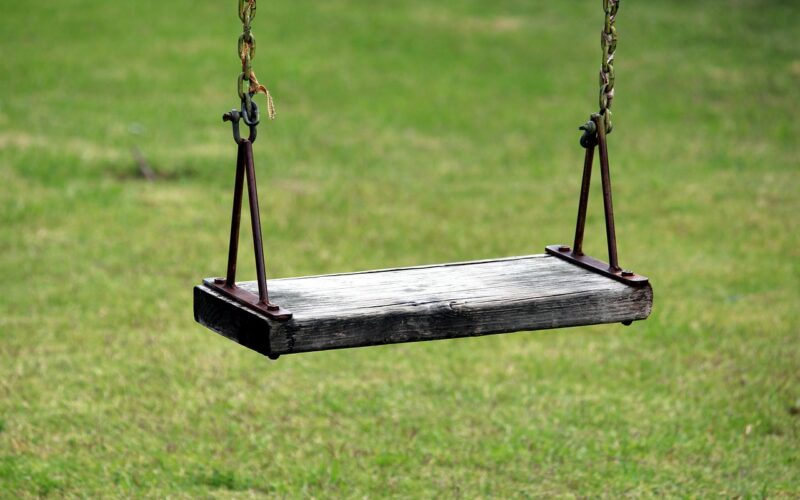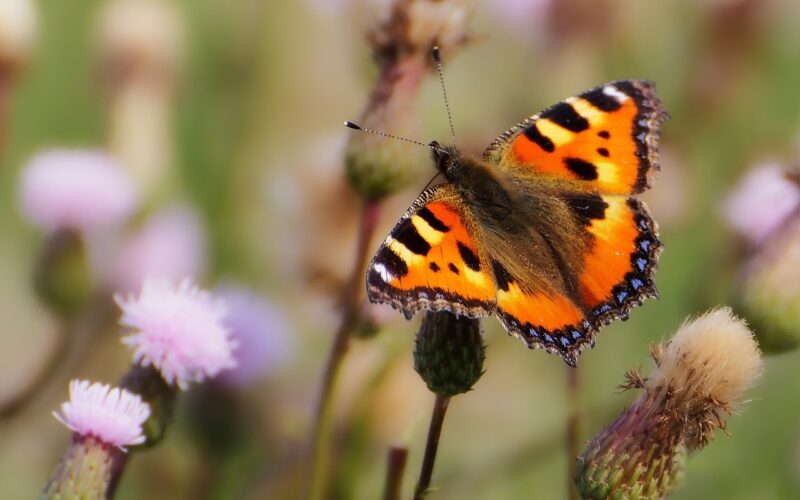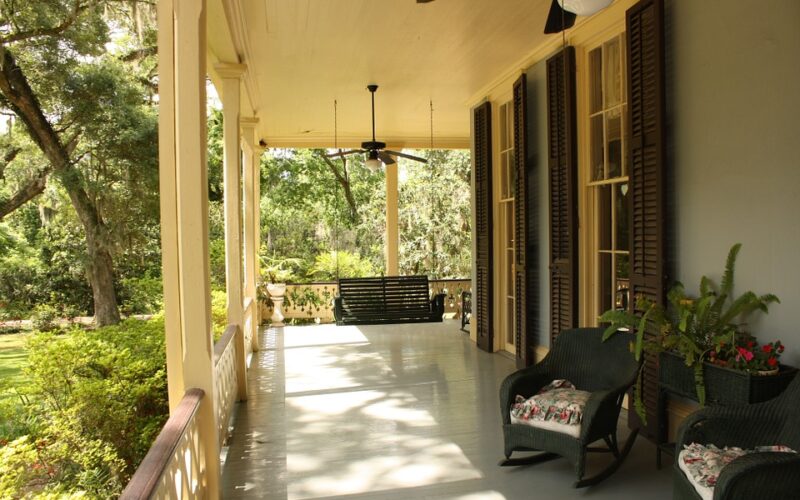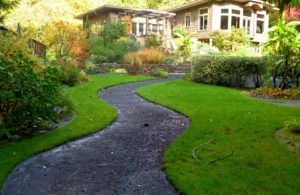Gardening isn't just a pastime for adults; it's a fantastic playground for children's imaginations and an exceptional way to connect them with nature.
What makes a garden child-friendly?
A child-friendly garden invites exploration, creativity, and, most importantly, play. It's a place where children can run free and discover the wonders of the natural world. Consider interactive elements like flowering plants, edible fruits and vegetables, and engaging yard ornaments that can stimulate their senses. Safety is also paramount, so ensure that the area is free from harmful plants, chemicals, and sharp tools.
Choosing the right location for play
Start by choosing a part of your garden that's visible from the house; this allows you to keep an eye on the children as they play. The spot should offer a mix of sunshine and shade and have soft grass or ground covers to cushion the inevitable tumbles.
Incorporating play structures
Play structures are the cornerstone of any child's garden. They range from simple sandpits and water tables to more elaborate swing sets and treehouses. Opt for eco-friendly materials and ensure that all structures are sturdily built to withstand rough play.
Designing paths for little feet
Creating meandering paths through the garden can lead to wonderful adventures. Use flat, even stones or grassy pathways to protect tender feet and make the space accessible to all ages.
Planting for the senses
Your choice of plants can transform the garden into a sensory haven. Use brightly coloured flowers to catch the eye, fragrant herbs for smell, and plants with different textures for touch. Incorporate edible plants like strawberries or cherry tomatoes for a tasty surprise.
Attracting wildlife
Encouraging wildlife into the garden can provide children with an educational experience. Bird feeders, butterfly-attracting plants, and small water features can attract various forms of wildlife for children to observe and learn about.
Creating shady nooks
Every play garden needs some shady spots where children can take a break from the sun. A well-placed tree or a small gazebo can provide the necessary cover. Add in a few comfortable sitting areas where they can read or play quietly.
Playful décor and accessories
Garden décor can add an element of whimsy to a child’s garden. Think colourful pinwheels, fairy lights, or even some pebble mosaic stepping stones. These accessories can add personality to space and inspire creative outdoor play.
Ensuring safety
Make sure the garden is a safe place where children can play without constant adult worry. Regular checks for broken equipment, hazardous plants, and secure fencing will help you maintain a safe playing environment.
The benefits of a play garden
Besides being fun, a play garden is an educational tool that can teach children about nature, encourage physical activity, and help develop their social skills as they play with others. It's an investment in their overall well-being and a way to foster a lifelong appreciation for the outdoors.
Building a garden for children to play in doesn't have to be complex or expensive. With some careful planning and creativity, you can create an outdoor space that will provide endless fun and learning opportunities. A garden for kids is more than just a place to play; it's a place where memories are made, and dreams grow – right among the flowers and leaves.




















